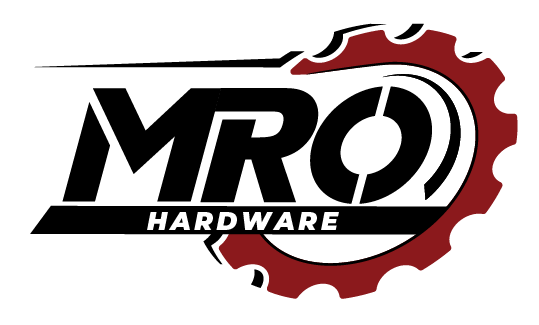Sanding abrasives are pivotal in various industries for achieving smooth finishes, removing old paint, and preparing surfaces for treatment. Here’s a closer look at some commonly used sanding abrasives, including pneumatic breather vents, sanding discs, hook and loop sanding, diamond sanding hand pads, sanding sponges, and sanding sheets, and their specific applications.
Pneumatic Breather Vents
Though not a direct abrasive, pneumatic breather vents are crucial in maintaining the integrity of pneumatic sanding tools. They allow air to escape while keeping dust out, ensuring that the tools function optimally without internal pressure build-up or contamination.
Sanding Discs
Sanding discs are used with rotary tools to quickly remove material from large, flat surfaces. They come in various grits for different stages of the sanding process, from rough stripping to fine finishing. These discs are appreciated for their ability to make quick work of surface prep tasks.
Hook and Loop Sanding
Hook and loop sanding systems, commonly used with sanding discs and sheets, offer a convenient and swift way to switch between different grades of abrasives. This system is widely used for tasks requiring multiple grits, as it enhances the efficiency of the sanding process.
Diamond Sanding Hand Pads
Diamond sanding hand pads are designed for manual sanding and are perfect for hard-to-reach areas or delicate tasks. Their diamond abrasives make them ideal for smoothing and shaping hard materials like stone, glass, and ceramic tiles.
Sanding Sponges
Sanding sponges are versatile and adaptable, suitable for contour or detail sanding. Their flexible nature allows them to conform to the shape of the workpiece, providing an even abrasion and a uniform finish on curved and irregular surfaces.
Sanding Sheets
Sanding sheets are the traditional form of sandpaper used for hand sanding or attachment to a block. They are effective for general sanding and surface preparation across a broad range of materials and can be cut to size for customized applications.
Conclusion
If you’re involved in surface finishing, restoration, or maintenance, understanding the different sanding abrasives and their applications becomes critical. Each abrasive tool offers specific benefits and tackles particular tasks, ranging from heavy-duty material removal all the way down to fine finishing touches. By choosing the right abrasive for the job, professionals can achieve superior results more efficiently and effectively.

